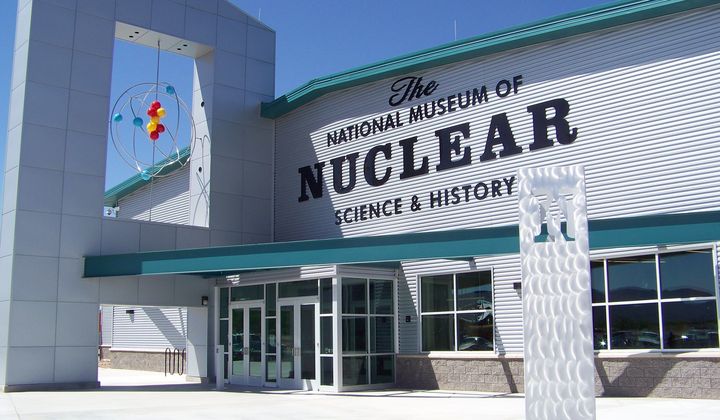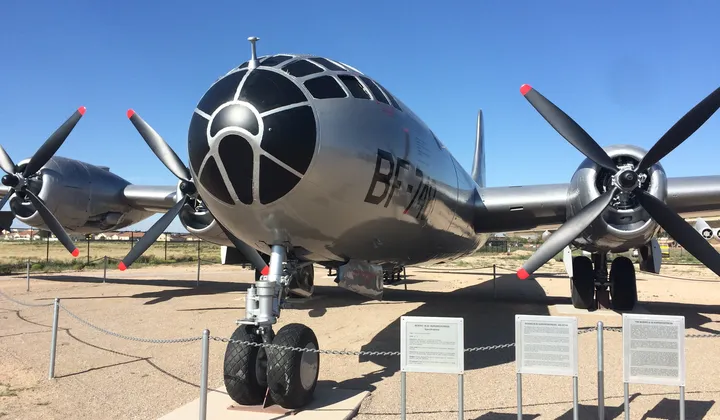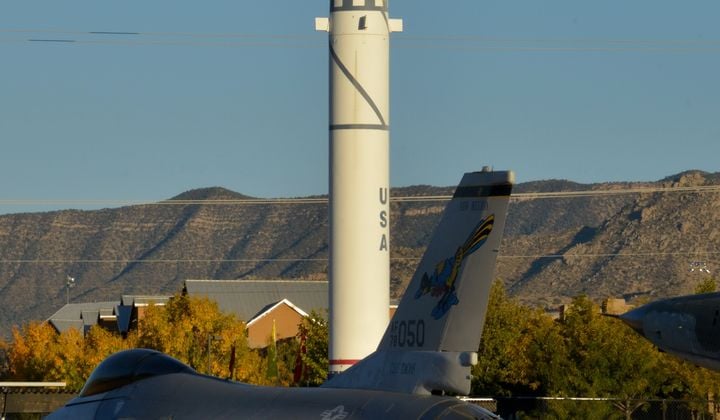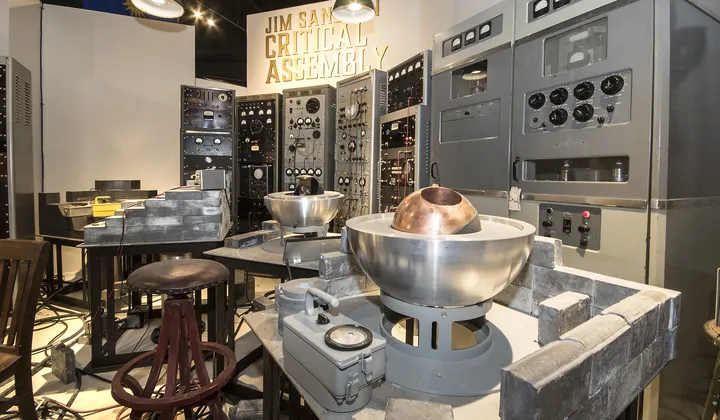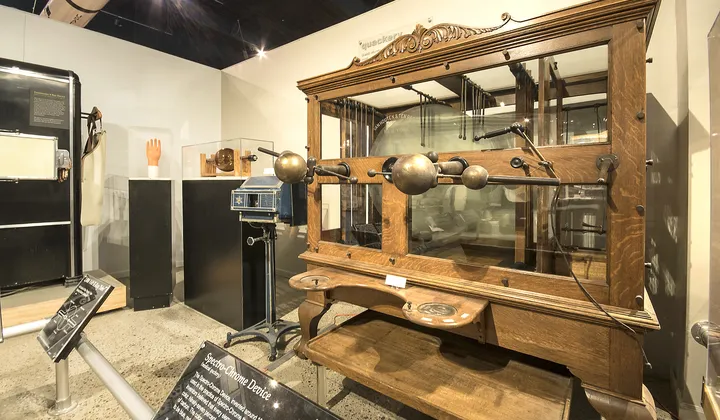National Museum of Nuclear Science & History
601 Eubank Blvd. SE, Albuquerque, NM 87123 - United States
The National Museum of Nuclear Science & History is a Smithsonian Affiliate and the nation’s only congressionally chartered museum in its field. The National Museum of Nuclear Science & History was established in 1969 as an intriguing place to learn the story of the Atomic Age, from early research of nuclear development through today’s peaceful uses of nuclear technology. Visitors can explore how nuclear science continues to influence our world. The museum strives to present, through permanent and changing exhibits and displays, the diverse applications of nuclear energy in the past, present and future along with the stories of the field’s pioneers. It’s a place to learn, to imagine, to think, and to draw your own conclusions.
Exhibits
We welcome visitors of all ages and all walks of life because the history and science of nuclear energy affects each and every one of us. Children will love Little Albert’s Lab, where inquisitive minds can explore hands-on science activities, and no one will want to miss the planes, missiles, and atomic cannon in our 9-acre outdoor Heritage Park!
At the National Museum of Nuclear Science & History, it’s our mission to chronicle the past, describe the present, and imagine the future of nuclear science. Learn what’s happening at the cutting edge of energy, nanotechnology, and healthcare.
The "Dark Cube: Heisenberg's Race for the Bomb" exhibition is currently on display and focuses on a dense, two-inch charcoal-black cube made of pure uranium metal that Nazi scientists suspended with 663 other similar cubes during World War II in an effort to create the world’s first atomic bomb.
Participation in Museum Day is open to any tax-exempt or governmental museum or cultural venue on a voluntary basis. Smithsonian magazine encourages museum visitation, but is not responsible for and does not endorse the content of the participating museums and cultural venues, and does not subsidize museums that participate.


